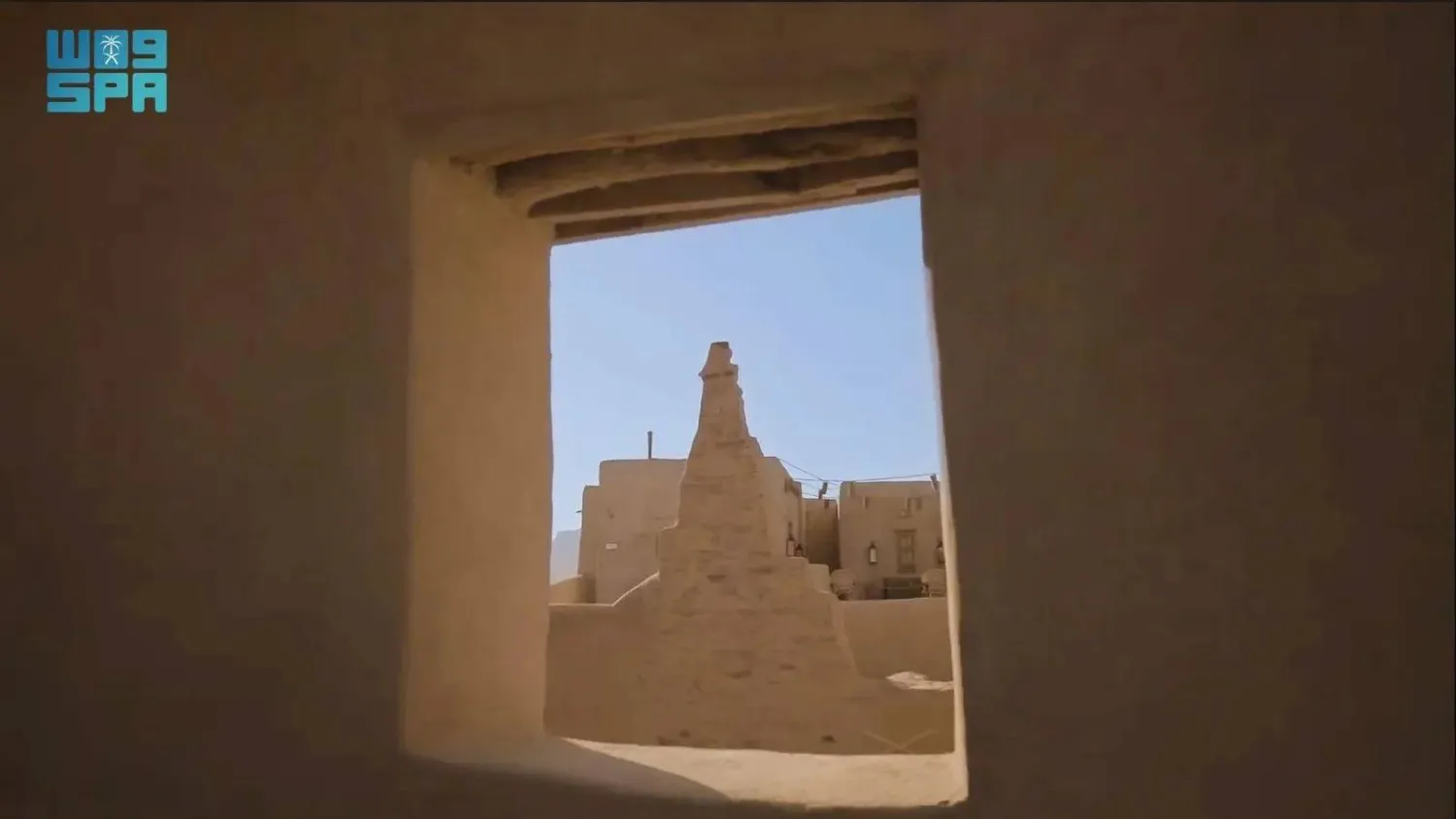The King Abdulaziz Center for World Culture (Ithra) has won the King Salman Charter for Architecture and Urbanism Award in the “built projects” category during the award's inaugural ceremony, which was organized by the Architecture and Design Commission in Riyadh.
Ithra director Abdullah Al-Rashid said the achievement reflects ongoing efforts to design a building with a distinctive architectural identity that contributes to enriching the cultural life in the Kingdom, SPA reported.
He stated that the award-winning building is distinguished by its architectural design, which harmonizes with the local environment, using modern and sustainable construction materials.
The building was designed to be environmentally friendly by incorporating renewable energy technologies and highly efficient water management, Al-Rashid noted.
He also said that the award underscores the status of Ithra as a leading cultural institution, contributing to the enhancement of the Kingdom's architectural and cultural identity as well as continuing to offer an exceptional educational and cultural experience to visitors through this unique architectural building.
‘Ithra’ Wins King Salman Charter for Architecture, Urbanism Award

Ithra director Abdullah Al-Rashid said the achievement reflects ongoing efforts to design a building with a distinctive architectural identity - SPA

‘Ithra’ Wins King Salman Charter for Architecture, Urbanism Award

Ithra director Abdullah Al-Rashid said the achievement reflects ongoing efforts to design a building with a distinctive architectural identity - SPA
لم تشترك بعد
انشئ حساباً خاصاً بك لتحصل على أخبار مخصصة لك ولتتمتع بخاصية حفظ المقالات وتتلقى نشراتنا البريدية المتنوعة







